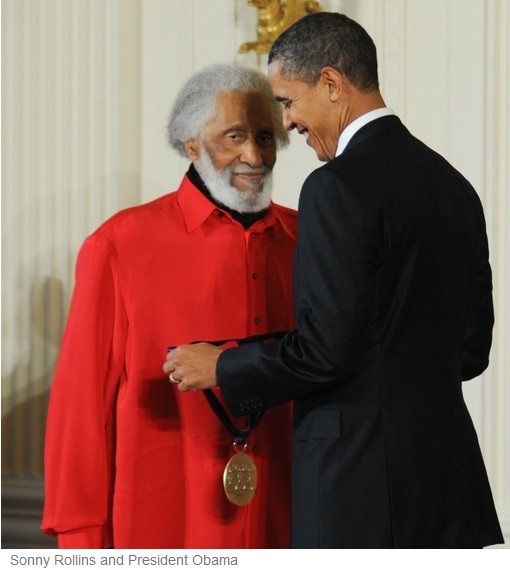It hurts me to admit that long-distance passenger rail is an expensive relic of the past, and Canada’s government-owned passenger rail corporation is little more than a drain on the budget. I’m a railway fan: I founded a railway historical society, for crying out loud. I love trains, although I rarely get to use them myself. The freight railway business is doing well and it should continue to do so, as it’s generally much more economical for long-haul bulk cargo than any other option. But unlike in Europe, where population density allows passenger railways to remain a key part of the transportation network, distances and population distribution mean passenger railways can only operate profitably in a few areas (Windsor-Toronto-Montreal-Quebec City, and Boston-New York-Washington, for example).
Lorne Gunter says that recent reports about the federal government looking to sell off some or all of VIA Rail make lots of sense:
Bloomberg reported last week that the federal Tory government is quietly contemplating privatizing some or all of VIA Rail. Good. It’s about time, just as it was about time in 1991 when the Tories under Brian Mulroney thought about selling off VIA, or in 2000 when the Chretien Liberals considered it, or 2003 (Liberals again) or 2009 — the first time the current crop of Tories mulled it over.
It’s easy to imagine that every few years, Transport Canada bureaucrats return to the cabinet drawer marked “Keeping the Minister Preoccupied,” extract the file labelled “Secret Plans to Privatize VIA,” blow off the cobwebs and hand it to their latest boss. Then they sit back and wait for the predictable outcry from assorted special interests and from those few central Canadians who do actually use the train regularly.
Most years, VIA spends nearly twice as much as it makes. In 2010, for instance, VIA’s expenses were $536 million, while its revenues were just $274 million. That left a deficit of $262 million that had to be made up by Ottawa. Put another way, for every dollar VIA charges passengers for tickets, taxpayers put in 96 cents.
Shortly after we got married, Elizabeth and I took the train from Toronto to Halifax and had a great time: it was a very enjoyable trip, and we thought of the train ride as part of the vacation, not just a means of transportation. I’ve always wanted to ride The Canadian all the way to Vancouver, but at no point in the last thirty years have I simultaneously had the time available for the trip (four days on the train in each direction) and the money (right now, with a big seat sale going on it’d cost $2,137 for coach seats or $5,253 if we took a cabin). If that’s only half of what the trip would cost at market rates, there’s no way the service could support itself.
So the annual VIA subsidy amounts to an income transfer from people in most of the country who never use a passenger train to people in the central core of the country who prefer to take the train rather than drive their cars from Toronto to Montreal, but wouldn’t do so if they had to pay anywhere close to the full fare for their trips.
Every time I write about the absurdity of keeping VIA rolling, I get letters from people who insist they prefer the train to flying, driving or taking the bus or who believe trains have a lighter environmental impact or who say they can’t afford other modes. Fine, but why is it taxpayers’ duty to split the cost of your unprofitable preferences with you, 50/50?







